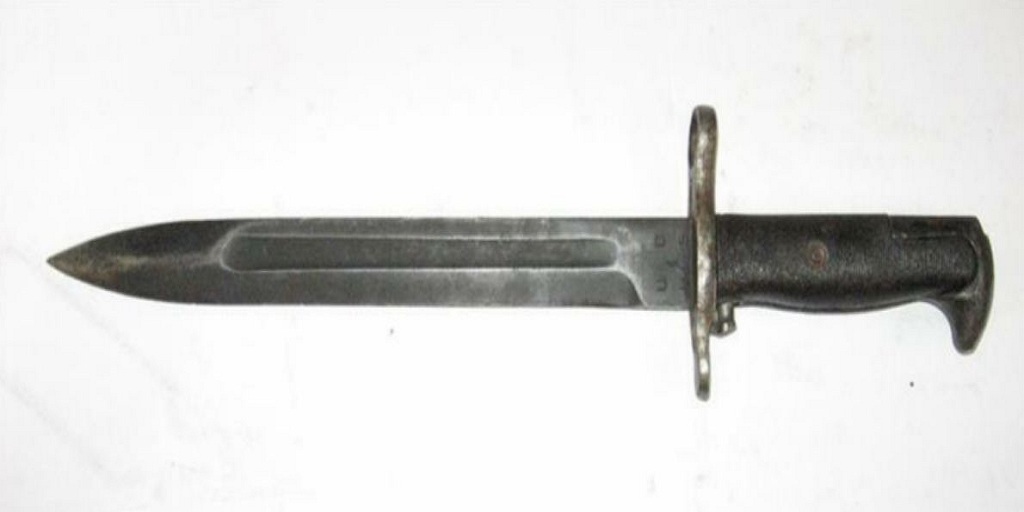To anyone familiar with American military history or the Second World War, M1 could have a few different meanings. It could refer to the M1 helmet that was in service for forty years or more; it could refer to the venerable M1 Garand or to its shorter, smaller counterpart, the M1 carbine.
Then again, it could refer to the M1 bayonet, which was specifically designed as a replacement for the M1905 bayonet that had been previously used with M1903 Springfield and M1 Garand rifles.
But why replace a good thing? Let’s take a look at some of the key differences between them.
What Was Wrong with the M1905?
First, it’s not that there was anything specifically wrong with the M1905. In war, much of planning and production comes down to matching or outmatching what the enemy carries.
If you’ve ever seen an M1905, it’s more like a sword than a knife. It has a 16-inch blade and is unwieldy when detached from the rifle. It offers great reach but it irrefutable impacts the handling of the rifle.
Generally speaking, sword-like bayonets were not all that uncommon in the First World War. In fact, they may have been useful in close quarters trench battles. They certainly were widely carried in previous eras. For reference, the British Land Pattern Musket’s standard bayonet, like the M1905, had a 16-inch blade. Again, this offers good reach for thrusting.
But this is a digression. By the Second World War, American troops were coming up against German soldiers in the European theater that were carrying both shorter rifles and shorter bayonets. The writer of this article cannot say with confidence that that reason alone was the reason for the switch – but it can be pointed to as a believable theory.
Consequently, the U.S. Army made the decision in 1943 to shorten the M1905 bayonet down to a blade length of 10 inches, making it not only more maneuverable but more practical in the hand as a fighting knife or utility knife when detached from the rifle. This is a trend that can also be seen in the M1 Carbine’s M4 bayonet which was styled after the M3 fighting knife.
And so, from that point forward, the M1905 fell out of service and was replaced with the M1 bayonet, which has now earned its wings alongside the M1 Garand and M1 helmet as “military items referred to as “Model 1” or “M1” that generate a lot of interest.
It was, after all, the bayonet that went on to typify the term “M1 Garand bayonet,” and you can still find originals and reproductions if you know where to look.
Can You Still Buy an M1 Bayonet?
There are a wide range of sellers and distributors that still peddle M1 bayonets and the M3 scabbards that were developed to accompany them, providing a secure fit while cutting back on rattling.
Many of them sell reproductions and won’t be able to tell you the first thing about the steel blade’s composition or what the scales are made of – although, if you’re lucky, they’ll be made of a phenolic that is highly similar to the originals.
Some of them sell high-quality reproductions and a few offer genuine original WWII M1 bayonets. Our advice is to visit SARCO, Inc., either on their website (SarcoInc.com) or in Easton, Pennsylvania, and see what they have to offer.
SARCO, Inc., is one of the world’s largest suppliers of firearms and parts, including M1 Garand rifles, parts, and accessories. Visit their website yourself to see what’s in stock and get in touch with them at 610-250-3960 if you need more information.



